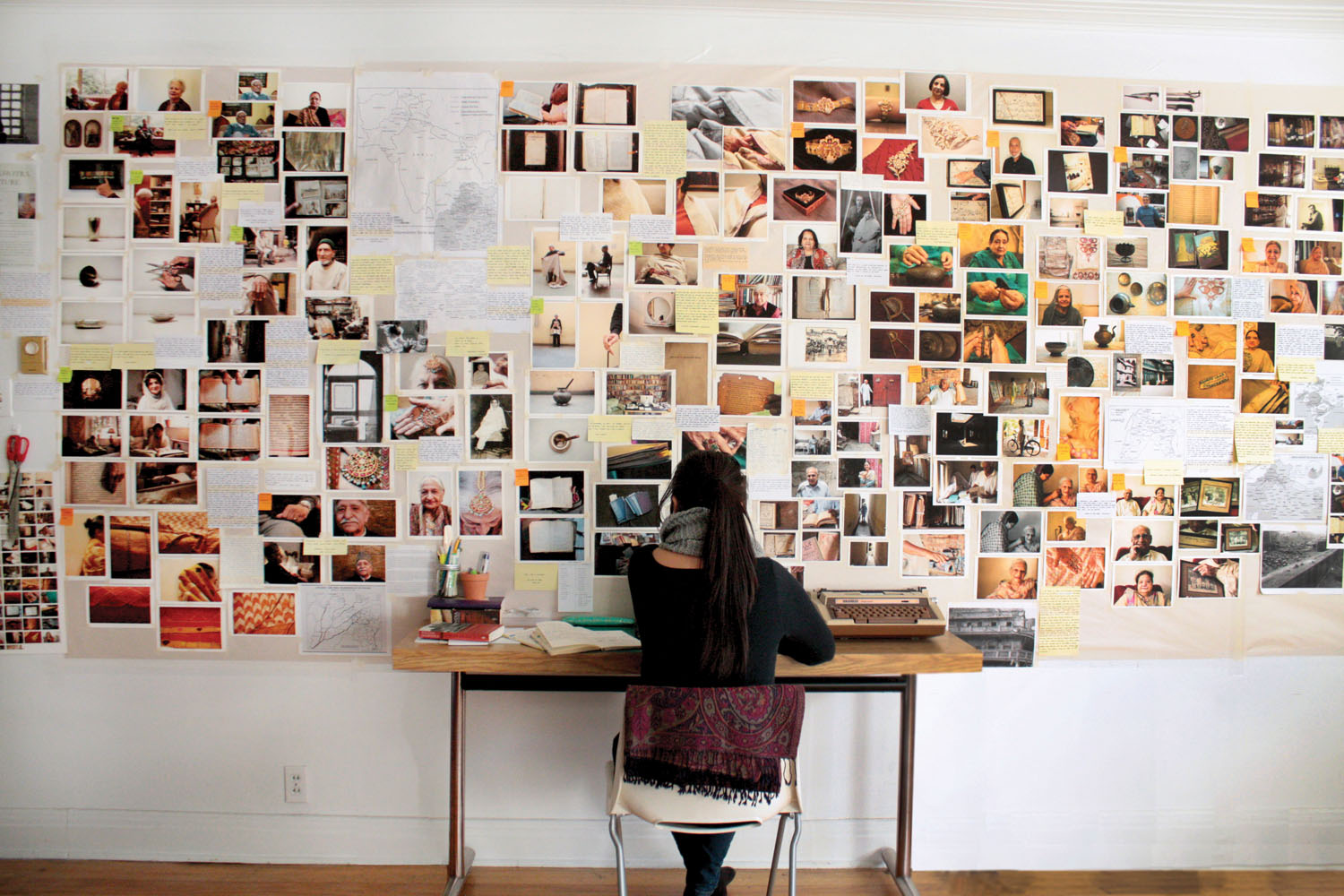Aanchal Malhotra is an oral historian whose work on the 1947 Partition of India has been published as Remnants of A Separation: A History of the Partition through Material Memory (HarperCollins, 2017) in South Asia and Remnants of Partition: 21 Objects from a Continent Divided (Hurst, 2019) elsewhere. Malhotra currently...

